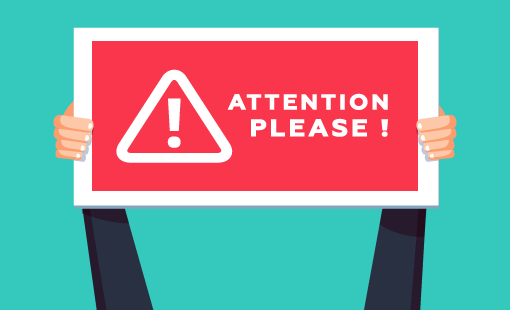We share some best practices for creating on-hold messages that will reflect your brand and better the customer experience.
Set Expectations in the Customer Greeting
Before the customer enters the call queue, it is good to have a system that tells them of the average wait time, according to Steve Hindley the Creative Director at iNarratorOnHold.
This initial IVR message will go along the lines of: “At the moment our average wait time is X minutes. If you wish to wait that’s great, but – if not – press 1 and we’ll give you a call-back and hold your place in the queue.”
Explaining how a call-back works, Steve says: “The caller would simply be asked to record their name and number. Then they can put the phone down and get on with their lives, knowing that their place in the queue has been reserved.”
Once the caller reaches the front of the queue, the advisor will call the customer back, so they don’t have to listen to “that” hold music and can instead get on with other tasks in the meantime.
Present IVR Messages in Order of Importance
Call queues will vary in length, so the customer is unlikely to hear every message that you create, which is why it’s critical that you order them in terms of importance.
Steve explains: “Due to your average hold time, you may find that 80% of people will hear the first message, 20% will hear the second and 10% the third, which will highlight the importance of how you order your on-hold messages.”
“The most relevant message should be front and centre, but the nature of that message may vary from one call queue to another, so that’s something that you must think about as well.”

The most relevant message should be front and centre, but the nature of that message may vary from one call queue to another.
Also, consider if each message is fit to be implemented across all call queues. While a message that highlights a promotional deal may be appropriate in certain queues, it will not be for a queue where the customer has indicated through the IVR that they would like to make a complaint.
Include a “Call to Action” in the IVR Messages
The idea of a call-to-action message is to give the customer a little bit of information and something they can act on, to boost your revenues and their satisfaction.
As Steve says: “Hold messages can be great to sow the seed of an idea in the customer’s mind. Think of this type of message as a mini-radio commercial, in the sense that you sell the idea and then ask people to take action on the back on it.”
An example of such a message would be: “We now have a discount on our product that is great for X. Speak to an advisor to find out more.”
Make sure you don’t write a call-to-action message that says ‘we’re good at this’ or ‘we’re great at that’ – your customers won’t care for these… Use information that will either inform them or entertain them.
Steve Hindley
But what about our earlier worry of making offers to unhappy customers? Well, there’s a way around it, as Steve explains: “The call to action doesn’t have to be a log-on to buy message, it could be log onto our website and enter your account number to receive a certain perk.”
“Just make sure you don’t write a call-to-action message that says ‘we’re good at this’ or ‘we’re great at that’ – your customers won’t care for these. This is because you are telling them what they already know. Use information that will either inform them or entertain them.”
Avoid Repeating the Same IVR Message
Don’t replay the same IVR message every 20 seconds as that’s a sure-fire way to irritate the customer before they even have the chance to speak to an advisor.
Instead, Steve recommends to: “Look at the average hold time and make sure that you have enough messages to cover that period of time. So, if someone is on hold for an average of two minutes, you want to have at least three messages with a good gap of music in between each one.”
Look at the average hold time and make sure that you have enough messages to cover that period of time.
“There is a fine line between having the right number of messages and repeating the same message over and over again. It is a balancing act of how many messages you want to record, but also having enough to say in them as well.”
Some of the messages will be informational, some will be sales-focused and others may be more entertaining – all should serve a different purpose to better engage the customer.



